Planned Research Group A01-1Establishment of pluripotent stem cells for the next-generation developmental bioengineering
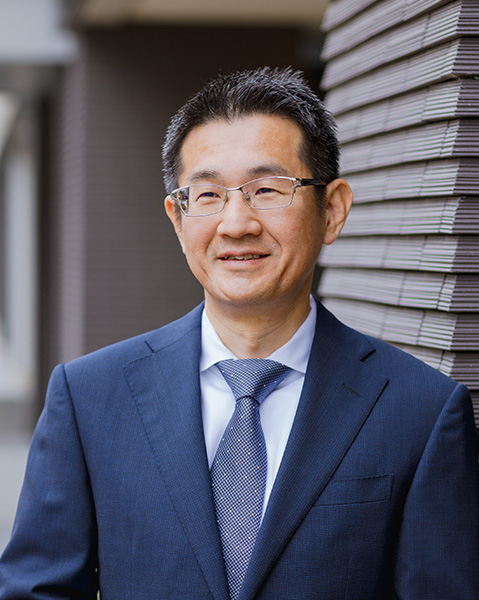
Principal Investigator
Yasuhiro Takashima
Professor, Center for iPS Cell Research and Application, Kyoto University
Through detailed comparative analyses of pluripotent stem cells and cells from in vivo embryos of humans and model organisms, our goal is to establish a novel culture system for pluripotent stem cells that closely replicates the properties of the in vivo embryonic epiblast. Using these newly developed pluripotent stem cells as a starting point, we will work to refine in vitro embryo models and attain a deeper understanding of the emergence of life.
| 2024年 | 京都大学iPS細胞研究所 教授 |
|---|---|
| 2022年 | 京都大学iPS細胞研究所 准教授 |
| 2015年 | 京都大学iPS細胞研究所 講師 |
| 2007年 | イギリス ケンブリッジ大学 Wellcome Trust-MRC幹細胞研究所 ポスドク (EMBO、Herchel Smith、Hughes Hall、さきがけ研究者) |
| 2007年 | 神戸大学大学院医学系研究科博士課程修了 博士(医学) |
| 2002年 | 理化学研究所 発生・再生科学総合研究センター |
| 1998年 | 神戸大学医学部附属病院(第二内科)・西脇市立西脇病院(内科) |
| 1998年 | 神戸大学医学部卒業 |
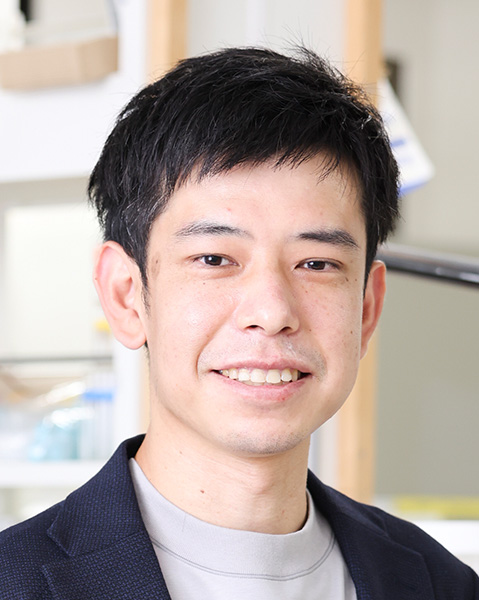
Co-Investigator
Toshihiro Kobayashi
Professor, National Institute for Physiological Sciences
While research on human cells is vital to our understanding of human embryonic development, ethical restrictions limit studies using human embryos or interspecific chimera with animal embryos. In this project, we will leverage novel culture systems developed by our project to rigorously assess the developmental potential of pluripotent stem cells from model animals. By studying various animal species, we aim to uncover both species-specific differences and conserved mechanisms involved in maintaining pluripotency, thereby approaching the fundamental principles of life's emergence.
| 2025年 | 自然科学研究機構 生理学研究所 教授 |
|---|---|
| 2021年 | 東京大学 医科学研究所 特任准教授 |
| 2017年 | 自然科学研究機構 生理学研究所 助教 |
| 2013年 | イギリス ケンブリッジ大学 Gurdon Institute ポスドク (海外学振、上原財団) |
| 2012年 | 東京大学 医科学研究所 ポスドク |
| 2010年 | 東京大学大学院新領域創成科学研究科 修了 博士(生命科学) |
| 2005年 | 信州大学 繊維学部 卒業 |
Planned Research Group A01-2Understanding of peri-implantation embryo development using human pluripotent stem cells
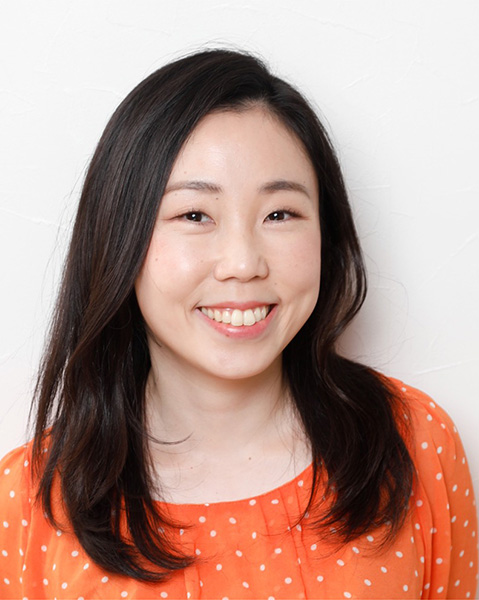
Principal Investigator
Ayaka Yanagida
Assistant Professor, Graduate School of Agricultural and Life Sciences, The University of Tokyo
The peri-implantation stage is a critical window during which the early mammalian embryo undergoes dynamic morphological changes leading to organogenesis. In humans, however, this process occurs within the uterus, thus making direct observations extremely challenging. Furthermore, many aspects of human implantation mechanisms remain poorly understood due to ethical constraints. In this study, by building upon our previous work on the generation of stem cell-based human blastocyst model (blastoids) and imaging of both embryonic and extraembryonic tissues, we aim to visualize the developmental processes occurring during human implantation and to elucidate the mechanisms regulating morphological changes in the peri-implantation embryo. Through this work, we seek to deepen our understanding of human embryogenesis and the fundamental mechanisms underlying the emergence of life.
| 2022年 | 東京大学 農学生命科学研究科 助教 |
|---|---|
| 2021年 | 東京大学 医科学研究所 ポスドク |
| 2020年 | イギリス エクセター大学 LSI ポスドク |
| 2015年 | イギリス ケンブリッジ大学 Wellcome Trust-MRC幹細胞研究所 ポスドク |
| 2015年 | 東京大学 医科学研究所 ポスドク |
| 2014年 | 東京大学大学院医学系研究科 修了 博士(医学) |
| 2010年 | 東京大学 農学部 獣医学専攻 卒業 |
Planned Research Group A01-3Understanding of the principles of human organogenesis using pluripotent stem cells
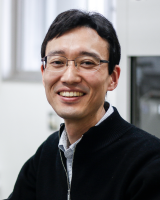
Principal Investigator
Hiroaki Okae
Professor, Institute of Molecular Embryology and Genetics, Kumamoto University
https://www.imeg.kumamoto-u.ac.jp/bunya_top/trophoblast_research/
Organogenesis is a critical step in establishing the basic body plan. While organogenesis has been extensively analyzed using model animals, human organogenesis has been less explored due to ethical issues. Advances in stem cell culture technologies now enable the in vitro reconstruction of early human embryo-like structures. However, no current model accurately recapitulates the organogenesis stage. In this study, we aim to uncover the mechanisms of organogenesis in humans by reconstructing the developmental processes from peri-implantation to organogenesis stages in vitro using organoid culture techniques, microfluidic devices, and genome editing techniques.
| 2023年 | 熊本大学 発生医学研究所 教授 |
|---|---|
| 2019年 | 東北大学大学院医学系研究科 准教授 |
| 2012年 | 東北大学大学院医学系研究科 助教 |
| 2010年 | 東北大学大学院医学系研究科 研究員 |
| 2010年 | 東京大学大学院理学系研究科 修了 博士(理学) |
| 2004年 | 東京大学 理学部生物化学科 卒業 |
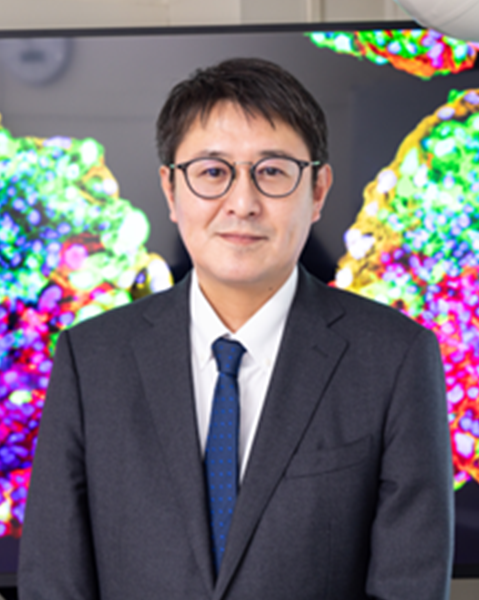
Co-Investigator
Hirokazu Kaji
Professor, Laboratory for Biomaterials and Bioengineering (LBB), Institute of Integrated Research (IIR), Institute of Science Tokyo
| 2024年 | 東京科学大学 総合研究院 生体材料工学研究所 教授 |
|---|---|
| 2021年 | 東京医科歯科大学 生体材料工学研究所 教授 |
| 2011年 | 東北大学 大学院工学研究科 准教授 |
| 2007年 | 東北大学 大学院工学研究科 助教 |
| 2006年 | 東北大学 大学院工学研究科 助手 |
| 2005年 | 東北大学 大学院工学研究科 修了 博士(工学) |
| 2001年 | 東北大学 工学部 分子化学工学科 卒業 |
Planned Research Group A01-4Reconstitution and understanding of early embryo formation using mouse embryo models
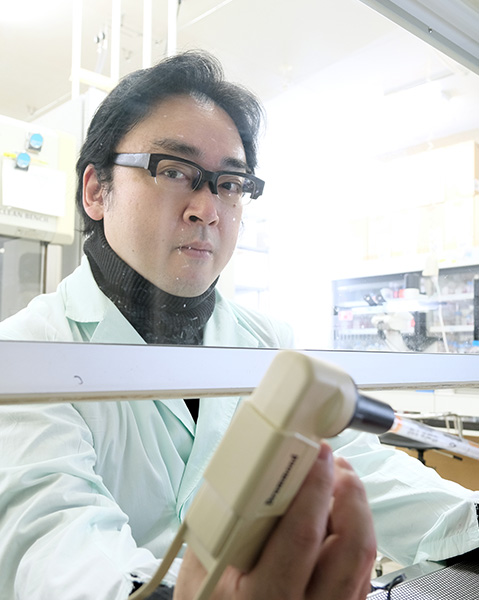
Principal Investigator
Yasuhide Ohinata
Lecturer, Graduate School of Medicine, Chiba University
Three lineages—epiblast, trophectoderm, and primitive endoderm—compose the blastocyst, giving rise to the embryo, placenta, and yolk sac, respectively. Although ES, TS, and PrES cells have been established from these lineages and could conceptually reconstitute a blastocyst, no one has yet to succeed in generating a functional embryo solely from stem cells. This project aims to reconstruct embryo-like models with developmental capacity by precisely capturing the properties of each cell type and reestablishing intercellular interactions among the three lineages.
| 2019年 | 千葉大学大学院医学研究院 講師 |
|---|---|
| 2015年 | 理化学研究所 生命医科学研究センター 研究員 |
| 2014年 | 山梨大学 生命環境学部 特任助教 |
| 2009年 | 科学技術振興機構 さきがけ研究者 |
| 2006年 | 理化学研究所 発生再生科学研究センター 基礎科学特別研究員 |
| 2003年 | 理化学研究所 発生再生科学研究センター 研究員 |
| 2003年 | 筑波大学大学院 農学研究科修了(農学) |
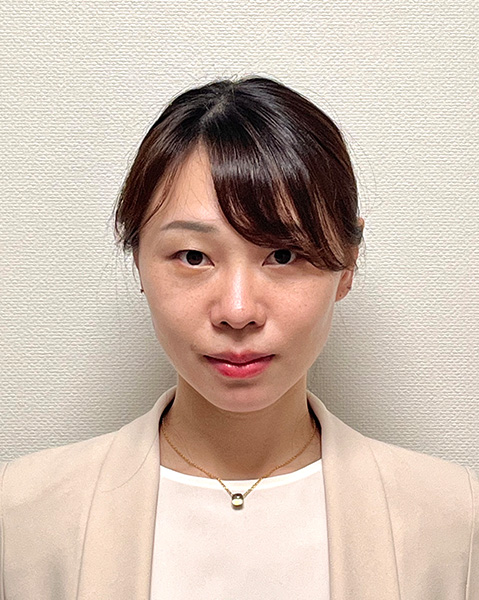
Co-Investigator
Natsuko Otaki
Project Assistant Professor, Graduate School of Medicine, Chiba University / PRESTO Researcher, JST
Based on single-cell analyses of early embryonic cells, we will construct intercellular interaction networks among epiblast, trophectoderm, and primitive endoderm in the blastocyst. We will compare these to networks formed by stem cell lines established in vitro. For newly established lines with high similarity to the blastocyst network, we will evaluate their potential for chimera contribution by injection into blastocysts. Our work will clarify essential interactions required for developmental potential in artificial embryos derived from stem cells.
| 2024年 | 千葉大学大学院医学研究院 特任助教 |
|---|---|
| 2024年 | 東京大学先端科学技術研究センター 客員研究員 |
| 2024年 | 慶應義塾大学大学院医学研究科 修了 博士(医学) |
| 2021年 | 千葉大学大学院医学研究院 特任研究員 |
| 2021年 | 東京大学先端科学技術研究センター 協力研究員 |
| 2016年 | 慶應義塾大学 医学部 卒業 |
Planned Research Group A02-1Mechanisms ensuring embryonic development by maternal and paternal factors

Principal Investigator
Yayoi Obata
Professor, Department of Bioscience, Tokyo University of Agriculture
https://www.nodai.ac.jp/academics/life_sci/bio/lab/505/28379/
Life begins when a sperm and an egg meet and fuse to form a fertilized egg, which contains maternal and paternal factors derived from each gamete. However, how sperm and eggs acquire paternal and maternal factors during gametogenesis and how they contribute to successful embryonic development remains unclear. While, as if by default, most naturally fertilized mouse eggs successfully develop, many in vitro-produced oocytes fail to do so, likely due to imbalanced expression of maternal factors during oocyte growth. This study aims to elucidate the gene networks allowing oocytes to acquire the precise amount of necessary maternal factors during the growth stage and to determine the roles of these factors in fertilization and development, thereby revealing the mechanisms that ensure successful embryonic development.
| 2017年 | 東京農業大学 生命科学部 教授 |
|---|---|
| 2016年 | 東京農業大学 応用生物科学部 教授 |
| 2010年 | 東京農業大学 応用生物科学部 准教授 |
| 2003年 | 東京農業大学 応用生物科学部 講師 |
| 1999年 | 群馬大学 遺伝子実験施設 助手 |
| 1999年 | 東京農業大学大学院 農学研究科 修了 博士(畜産学) |
| 1994年 | 東京農業大学 農学部 卒業 |
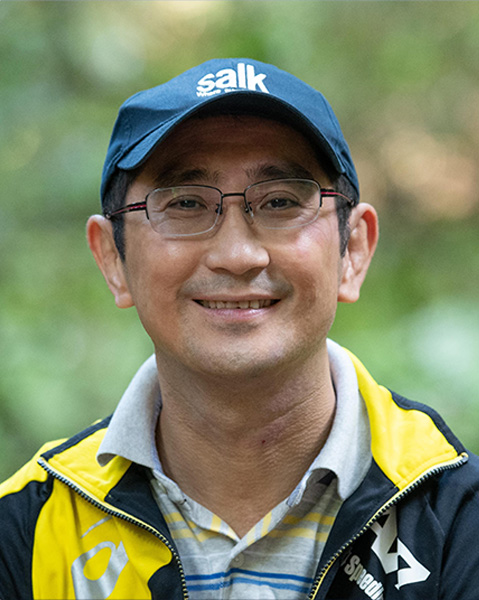
Principal Investigator
Masato Ikawa
Professor, Research Institute for Microbial Diseases, Osaka University
Paternal factors conferred during spermatogenesis have been reported in recent years to influence post-fertilization embryo development and offspring phenotype, but the underlying mechanisms remain largely unknown. We have established nearly 100 genetically modified mouse strains exhibiting male infertility due to spermatogenesis defects and sperm dysfunction. In this study, we aim to clarify the effects of paternal factors on subsequent generations by analyzing wild-type and mutant sperm.
| 2012年 | 大阪大学 微生物病研究所 教授 |
|---|---|
| 2004年 | 大阪大学 微生物病研究所 助教授 |
| 2000年 | 米国ソーク研究所 博士研究員(2002年帰国復職) |
| 1998年 | 大阪大学 遺伝子情報実験施設 助手 |
| 1997年 | 日本学術振興会 特別研究員 |
| 1997年 | 大阪大学 大学院薬学研究科 修了 博士(薬学) |
| 1992年 | 大阪大学 薬学部 卒業 |
Planned Research Group A02-2Transcriptional mechanisms ensuring embryogenesis
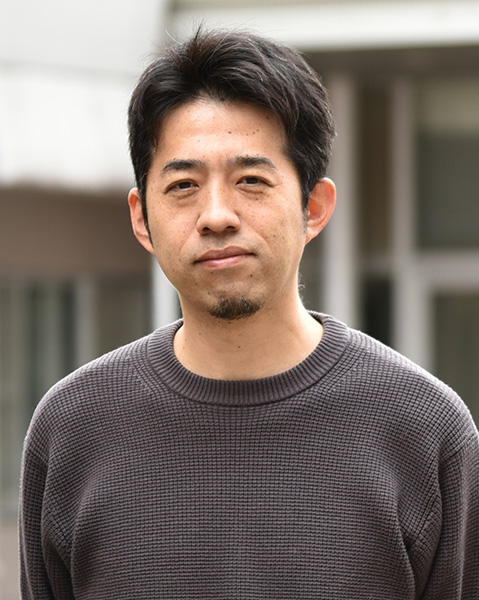
Principal Investigator
Takashi Ishiuchi
Associate Professor, Faculty of Life and Environmental Sciences, University of Yamanashi
Transcriptional programs, such as zygotic genome activation, are essential for embryogenesis. Since embryonic development progresses rapidly, RNAs and proteins synthesized during early stages often play critical roles at later stages. While stem cell-derived embryo models have been developed recently, they bypass certain in vivo developmental processes, which may underlie their limited developmental potential. This study aims to elucidate the regulatory mechanisms of early embryonic transcriptional programs and the functions of downstream RNAs and proteins. Through this work, we hope to enhance the understanding of embryogenesis and help advance embryo model research.
| 2022年 | 山梨大学 生命環境学部 准教授 |
|---|---|
| 2016年 | 九州大学 生体防御医学研究所 助教 |
| 2012年 | フランスIGBMC ポスドク(上原財団、HFSPフェロー) |
| 2011年 | 京都大学大学院生命科学研究科 修了 博士(生命科学) |
| 2005年 | 岡山大学 薬学部 卒業 |
Planned Research Group A02-3Epigenetic mechanisms ensuring embryogenesis
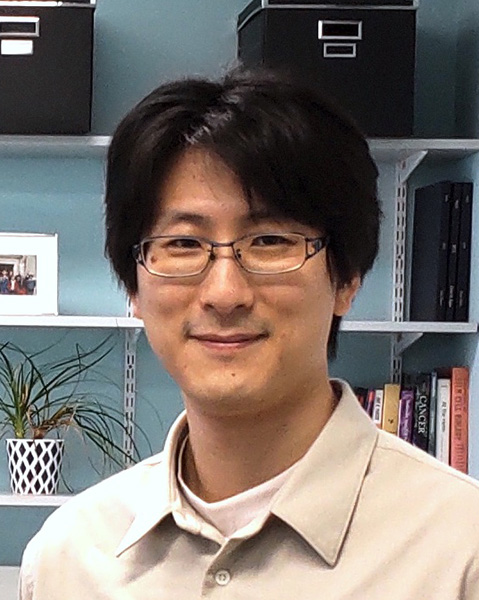
Principal Investigator
Azusa Inoue
Team Leader, RIKEN Center for Integrative Medical Sciences
Epigenomes are crucial for proper gene regulation during development and differentiation and undergo dramatic changes during gametogenesis, fertilization, and preimplantation development. For example, oocytes form unique epigenomic structures partially erased or retained after fertilization, contributing to the next generation. During preimplantation, somatic-type epigenomes are newly formed. However, mechanisms regulating these dynamic changes and their biological significance are poorly understood. This study aims to unveil these aspects of epigenome dynamics during oogenesis and preimplantation development, thereby elucidating in vivo developmental robustness ensuring successful embryogenesis and improving in vitro embryo models.
| 2022年 | 理化学研究所 生命医科学研究センター チームリーダー |
|---|---|
| 2019年 | 東京都立大学 理学部 客員准教授(兼任) |
| 2018年 | 理化学研究所 生命医科学研究センター Young Chief Investigator/上級研究員 |
| 2012年 | 米国ハーバードメディカルスクール ポスドク |
| 2011年 | 米国ノースカロライナ大学チャペルヒル校 ポスドク |
| 2011年 | 東京大学大学院新領域創成科学研究科 修了 博士(生命科学) |
| 2006年 | 東京都立大学 理学部 卒業 |
Planned Research Group A02-4Exploring mechanisms ensuring embryogenesis using the somatic cell nuclear transfer model
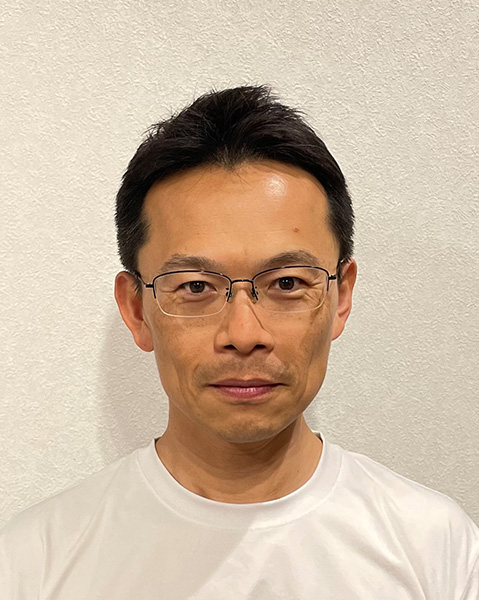
Principal Investigator
Shogo Matoba
Senior Research Scientist, RIKEN BioResource Research Center
Somatic cell nuclear transfer (SCNT) embryos are created by replacing the nucleus of an oocyte with that of a somatic cell and possess a genome identical to that of a fertilized embryo. However, most SCNT embryos arrest development during early stages, particularly immediately after implantation. Notably, a similar developmental arrest also occurs in stem cell-derived embryo models, thus indicating that these failures may result from shared epigenetic abnormalities. This study aims to identify novel epigenetic defects underlying these failures and to elucidate the developmental robustness required for normal development, thereby contributing to research on the emergence of life using embryo models.
| 2017年 | 理研BRC 専任研究員 |
|---|---|
| 2015年 | 理研BRC 研究員 |
| 2012年 | ハーバード大学 ポスドク(HHMI、海外学振) |
| 2010年 | 理研BRC 基礎科学特別研究員 |
| 2009年 | 東京大学大学院農学生命科学研究科 修了 博士(獣医学) |
| 2005年 | 東京大学 農学部 獣医学科 卒業 |
Planned Research Group A02-5Mechanisms ensuring the normal production of next generations

Principal Investigator
Takashi Shinohara
Professor, Graduate School of Medicine, Kyoto University
In Japan, one in every 5–6 couples experiences infertility, and one in ten babies is born via assisted reproductive technologies (ART), such as in vitro fertilization. However, the lack of sufficient animal experiments has been a long-standing concern. Although fertilization is generally believed to reset genetic information completely, our mouse studies have shown that ART-derived individuals can exhibit abnormalities across generations. The long-term and transgenerational effects of ART in humans remain unknown due to the long reproductive cycle. We aim to compare individuals conceived naturally and via ART using mouse models to uncover the molecular mechanisms governing healthy inheritance.
| 2004年 | 京都大学大学院医学研究科遺伝医学講座分子遺伝 |
|---|---|
| 2003年 | 京都大学大学院医学研究科先端領域融合医学研究機構助教授 |
| 2000年 | 京都大学大学院医学研究科分子生体統御学講座・分子生物学助手 |
| 1996年 | 米国ペンシルバニア大学獣医学部ポスドク |
| 1996年 | 京都大学大学院医学博士課程修了(医学博士) |
| 1993年 | 京都大学 医学部 卒業 |
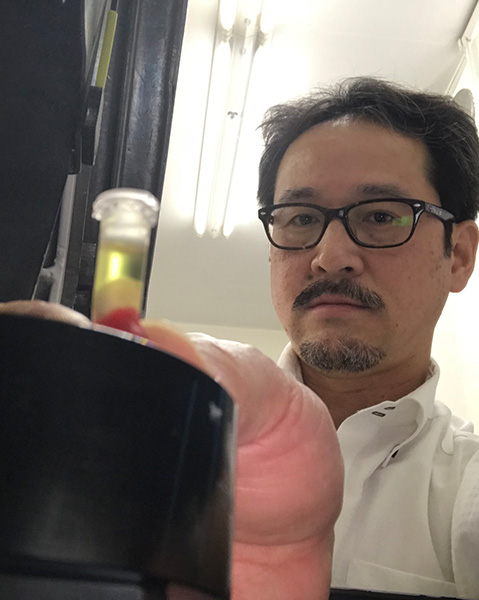
Co-Investigator
Masaru Tamura
Division Director, Mouse Phenomics Division, RIKEN BioResource Research Center
To compare naturally fertilized and ART-conceived individuals, we must comprehensively and accurately assess their phenotypes. As part of the International Mouse Phenotyping Consortium (IMPC), we have established a globally standardized phenotype analysis pipeline with over 700 items (hematology, morphology, behavior, etc.). Using this platform, we will analyze the phenotypes of ART-derived individuals and subsequent-generation their offspring and further conduct detailed secondary analyses with newly developed methods to clarify molecular mechanisms ensuring proper transgenerational developmental robustness.
| 2023年 | 理化学研究所 バイオリソース研究センター 室長 |
|---|---|
| 2018年 | 理化学研究所 バイオリソース研究センター チームリーダー |
| 2013年 | 理化学研究所 バイオリソース研究センター 開発研究員 |
| 2003年 | 国立遺伝学研究所 系統生物研究センター 助教 |
| 2002年 | 戦略的創造研究推進機構(CREST)研究員 |
| 1999年 | 日本学術振興会・特別研究員PD |
| 1998年 | 生物系特定産業推進機構研究員 |
| 1998年 | 総合研究大学院大学 生命科学研究科修了 博士(遺伝学) |
| 1996年 | 日本学術振興会・特別研究員DC2 |
| 1993年 | 山形大学 理学部 卒業 |
Planned Research Group A03-1Modeling and predicting embryogenesis through integrated data analysis
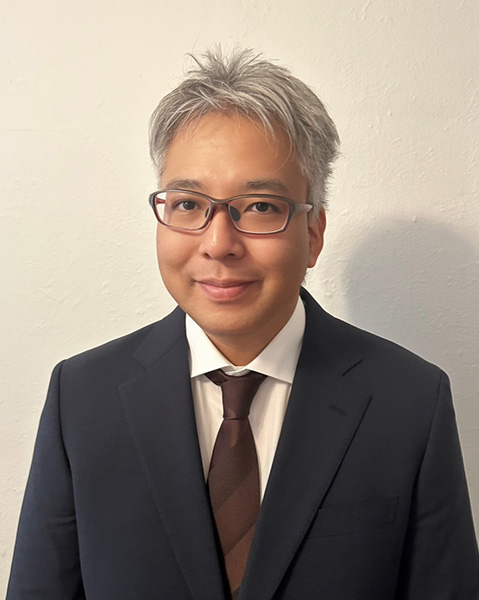
Principal Investigator
Kenji Kamimoto
Professor, Department of Systems Biomedical Science, Research Institute for Microbial Diseases, The University of Osaka
Embryonic development is a remarkable process in which a single fertilized egg gives rise to a fully formed organism, involving resetting and reorganizing epigenomic states, differentiating into various cell types, and self-organization. Through these complex events, a functional living system is built. To understand this process, it is not enough to study individual molecular mechanisms or pathways. We must also grasp how the entire system works in a coordinated manner. Furthermore, to artificially engineer aspects of the emergence of life, we need to have a rational strategy for designing complex bioengineering processes to manipulate stem cell-based embryos. This research project aims to gain new insights into the emergence of life by constructing an “in silico digital embryo.” In addition to our efforts to obtain novel datasets, we will develop simulations capable of predicting embryonic development by integrating diverse data and knowledge from researchers involved in this initiative. These digital models will help uncover the principles underlying the emergence of life and robust mechanisms ensuring proper development.
| 2025年 | 大阪大学 微生物病研究所 教授 |
|---|---|
| 2024年 | 大阪大学 微生物病研究所 准教授 |
| 2022年 | Washington University in St.Louis Senior Scientist |
| 2017年 | Washington University in St.Louis Postdoc Researcher (JSPS海外特別研究員) |
| 2017年 | 東京大学 分子細胞生物学研究所 特任助教 |
| 2017年 | 東京大学 理学系研究科生物科学専攻 修了 博士(理学) |
| 2012年 | 東京大学 理学部生物化学科 卒業 |
Planned Research Group A03-2Generation of uniform and traceable large-scale embryo models and comprehensive phenotypic analysis
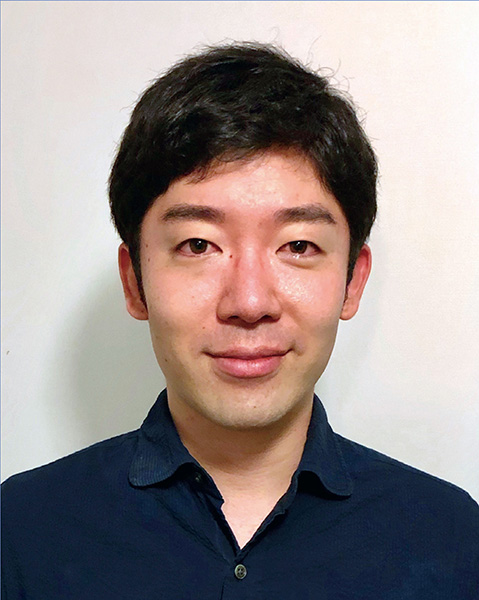
Principal Investigator
Sadao Ota
Professor, Research Center for Advanced Science and Technology, The University of Tokyo
The rapid and robust generation of in vitro embryo models and their multimodal analysis is crucial for advancing the development of digital embryo models to understand the mechanisms of early development. This project aims to overcome these challenges by integrating genetic barcoding with optical barcoding in stem cell-derived embryo models, enabling high-precision tracing and detailed visualization and quantification of spatiotemporal developmental processes. In conjunction with multiplexed phenotypic analysis, our approach will enhance the construction reproducibility of embryo models and aid the development of digital embryo models. Ultimately, this work will provide deeper insights into the fundamental principles of early development and the mechanisms underlying developmental disruptions.
| 2025年 | 東京大学先端科学技術研究センター教授 |
|---|---|
| 2019年 | システム生物医学ラボラトリーディレクター |
| 2018年 | 東京大学先端科学技術研究センター准教授 |
| 2016年 | シンクサイト株式会社設立 共同創業者 |
| 2015年 | 科学技術振興機構さきがけ専任研究者 |
| 2014年 | 東京大学大学院理学系研究科助教 |
| 2013年 | カリフォルニア大学バークレー校機械工学科博士課程卒業 |
Selected Research Group 2026-2027 (公募研究班)
Advisory Board
| Advisor(Japan) | Atsuo Ogura | RIKEN BRC, Deputy Director |
| Advisor(Japan) | Haruhiko Shiomi | Chiba University, Professor |
| Advisor(Japan) | Katsuhiko Hayashi | The University of Osaka, Professor |
| Advisor(Canada) | Nozomu Yachie | University of British Columbia Biomedical Engineering, Professor |
| Advisor(UK) | Austin Smith | University of Exeter, Living Systems Institute, Director |
| Advisor(Germany) | Alexander Meissner | Max Planck Institute for Molecular Genetics, Professor |
| Advisor(Germany) | Maria-Elena Torres-Padilla | Helmholtz Munich, Director of the Institute for Epigenetics and Stem Cells |
| Ethics Committee | Hidenori Akutsu | National Center for Child Health and Development |
| Ethics Committee | Ayako Kamisato | National Center for Child Health and Development |
学術調査官
| R7学術調査官 | 前田 優香 | 国立がん研究センター 腫瘍免疫研究分野 ユニット長 |
| R7学術調査官 | 堀口 道子 | 岡山大学 薬学部 大学院医歯薬学総合研究科(薬学系)再生治療薬学分野 教授 |